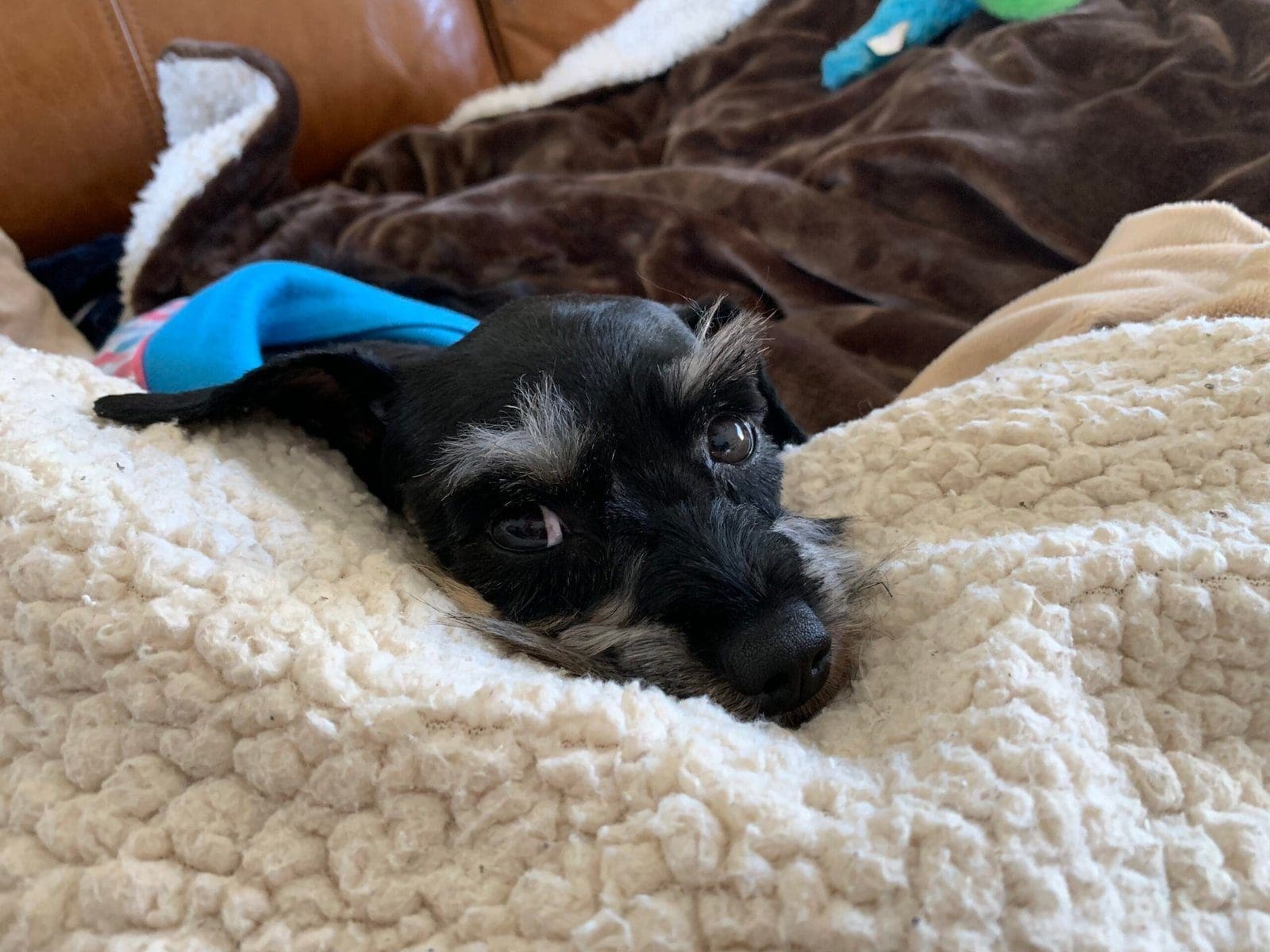Separation anxiety is one of the most common behavioral issues that dogs experience, and it can be distressing for both the dog and its owner. Dogs are social creatures that form strong bonds with their families, and when separated from them, it can cause a significant amount of stress. Understanding how to recognize the signs, identify the triggers, and implement strategies to manage or alleviate the anxiety is crucial for improving the well-being of your dog.
Separation anxiety can occur for several reasons. Understanding the triggers behind the anxiety will help guide the treatment process. Some of the most common triggers include:

While separation anxiety can be challenging, there are various methods you can use to alleviate your dog’s distress. The key to treating separation anxiety is patience, consistency, and gradual desensitization. Below are some effective techniques to help your dog manage separation anxiety. https://vonbaronschnauzers.com/miniature-schnauzer-crate-training/
Dogs thrive on routine, and a consistent schedule can provide a sense of security. Try to maintain regular feeding times, walks, play sessions, and bathroom breaks. Predictability in daily activities will help your dog feel more at ease, knowing what to expect each day.
Gradual desensitization involves slowly getting your dog used to being alone in small increments. Start by leaving your dog alone for very short periods (just a few minutes) and gradually increase the time as they become more comfortable with the separation. Praise and reward calm behavior during these sessions.
Counter-conditioning works by changing the dog’s emotional response to being left alone. You can do this by pairing the experience of being left alone with something positive, such as giving your dog a special treat or toy that they only get when you are gone. This helps them associate your departure with something enjoyable rather than stressful.
Creating a safe and comfortable environment for your dog can help reduce their anxiety. Consider confining your dog to a specific area, like a crate or a designated room, where they feel secure. You can also place their favorite blanket, bed, or toys in this space to help them feel more relaxed.
Exercising your dog before you leave can help burn off excess energy and calm them down. A long walk, play session, or puzzle game can mentally and physically tire your dog, making them more likely to rest during your absence.
While it’s important to reassure your dog, avoid over-indulging or creating a dependency by always being overly affectionate when you come and go. Try to make your departures and arrivals low-key to prevent them from becoming overly excited or distressed. Over time, this helps your dog learn that your absence isn’t something to be feared.
In more severe cases, your dog’s separation anxiety may require professional intervention. Consult your veterinarian about possible medications or supplements that may help alleviate anxiety. A professional dog trainer or behaviorist experienced with separation anxiety can also help you develop a tailored plan to address the problem.
Interactive toys or puzzle feeders can keep your dog mentally stimulated while you’re away. These toys encourage problem-solving and distract them from their anxiety, making them less likely to engage in destructive behaviors.
Separation anxiety is a common and distressing issue, but with patience, consistency, and the right techniques, most dogs can learn to cope with being alone. By recognizing the signs of anxiety, understanding the triggers, and implementing effective strategies, you can help your dog manage their feelings of fear and distress. Remember that each dog is unique, and the process may take time, but with commitment, you can help your dog feel secure and content even in your absence.